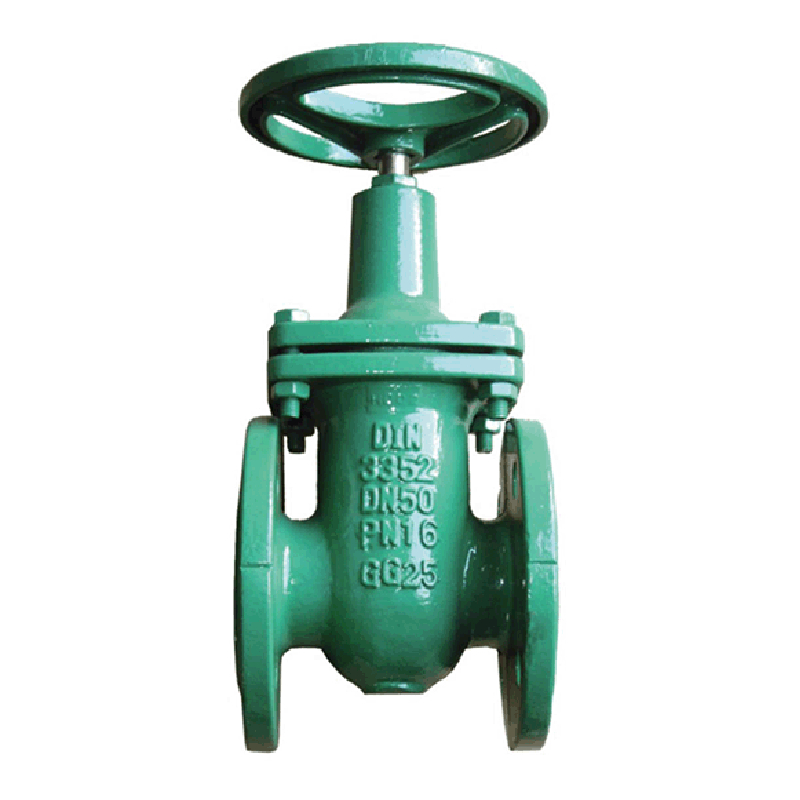Dec . 04, 2024 21:13 Back to list
silent wafer check valve
Understanding Silent Wafer Check Valves A Comprehensive Overview
In the realm of fluid control systems, valves play a pivotal role in regulating the flow, pressure, and direction of fluid within pipelines. Among various types of valves, the silent wafer check valve has gained widespread recognition for its unique design and operational efficiency. This article will explore the features, advantages, applications, and maintenance of silent wafer check valves, providing a comprehensive understanding of their significance in modern engineering.
What is a Silent Wafer Check Valve?
A silent wafer check valve is a type of one-way valve that allows fluid to flow in only one direction while preventing backflow. Its design typically features a compact, lightweight body with a disc or a flap that pivots on a hinge. Unlike traditional check valves that can produce noise during operation due to water hammer effects, silent wafer check valves operate quietly, thus making them ideal for applications where noise reduction is important.
Design Features
The key characteristic of silent wafer check valves is their wafer design, which allows them to be sandwiched between two flanges in a pipeline. This compact design minimizes installation space and offers several advantages over traditional check valves, including
1. Reduced Flow Resistance The streamlined design of the valve reduces turbulence and pressure drop in fluid systems, enhancing overall system efficiency.
2. Minimal Maintenance Silent wafer check valves have fewer moving parts compared to other types of check valves, which translates to lower maintenance requirements and reduces the risk of mechanical failure.
3. Versatility These valves can handle a wide range of fluid types, including water, oil, and various chemicals, making them suitable for diverse industries.
Advantages
The silent operation of these valves is one of the most compelling reasons for their widespread adoption. The absence of noise during operation makes them particularly desirable in residential, commercial, and industrial applications where auditory comfort is a priority.
Moreover, silent wafer check valves are designed to handle high-pressure environments, ensuring reliable performance in demanding conditions
. Their quick response time to backflow helps prevent damage to pumps and other equipment, thereby extending their lifespan and operational efficiency.Another advantage lies in their ease of installation. The wafer-style design allows for compatibility with standard flanged connections, facilitating straightforward integration into existing systems without the need for extensive modifications.
silent wafer check valve

Applications
Silent wafer check valves are utilized across various sectors, including
- Municipal Water Systems They are commonly employed in water treatment plants and distribution networks to prevent backflow and ensure a consistent water supply.
- HVAC Systems In heating, ventilation, and air conditioning applications, these valves help maintain pressure and prevent the reverse flow of refrigerants.
- Chemical Processing The ability to handle corrosive substances makes silent wafer check valves ideal for use in chemical manufacturing and processing industries.
- Fire Protection Systems These valves play a crucial role in fire suppression systems by ensuring that water flows in the correct direction when needed, without allowing backflow.
Maintenance and Care
While silent wafer check valves are designed for durability and longevity, regular maintenance is essential to ensure optimal performance. Here are some recommended practices
1. Visual Inspections Regularly inspect the valve for any signs of wear, corrosion, or accumulation of debris. Immediate attention to these issues can prevent more significant problems down the line.
2. Cleaning Depending on the system in which the valve is installed, periodic cleaning may be required to remove any buildup that could hinder performance.
3. Functionality Tests Conduct routine tests to ensure that the valve is operating correctly and that the flap or disc is able to pivot freely.
Conclusion
The silent wafer check valve is a remarkable innovation in fluid control technology, combining efficient design with silent operation. Its advantages, including reduced maintenance, versatility, and ease of installation, make it a preferred choice across various industries. By understanding the features, applications, and maintenance needs of these valves, engineers and facility managers can make informed decisions that enhance system performance and reliability. As industries continue to evolve, the silent wafer check valve will remain a key component in the push for improved efficiency and sustainability in fluid management systems.
Share